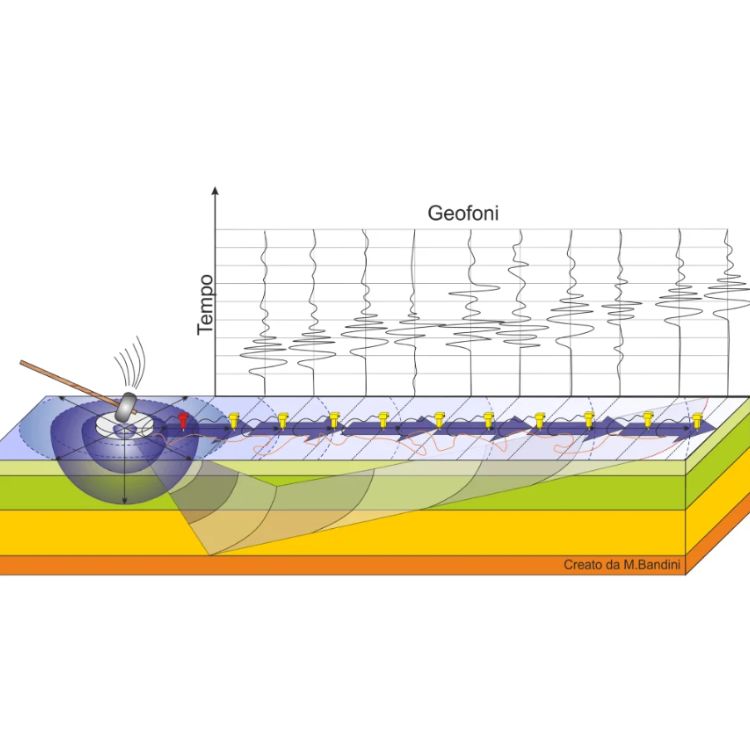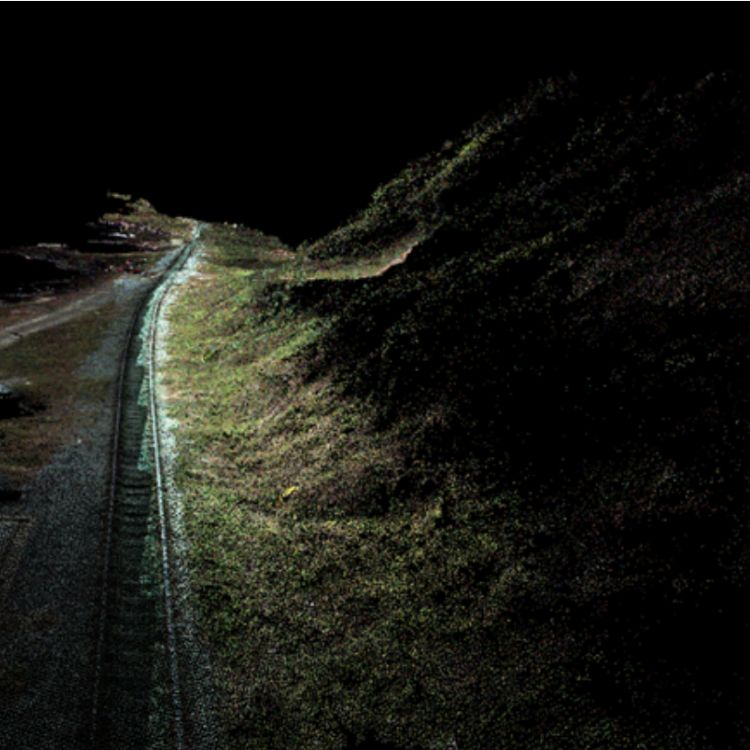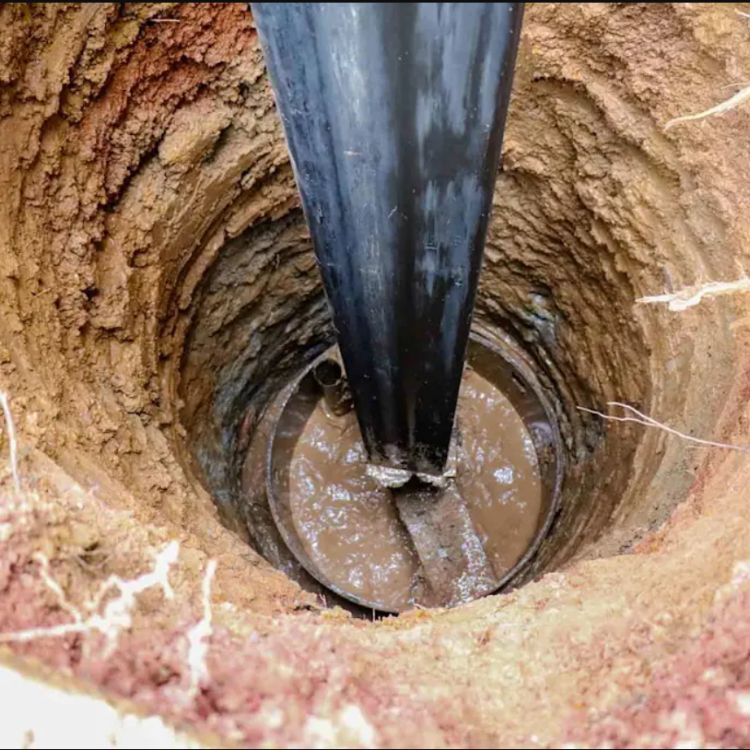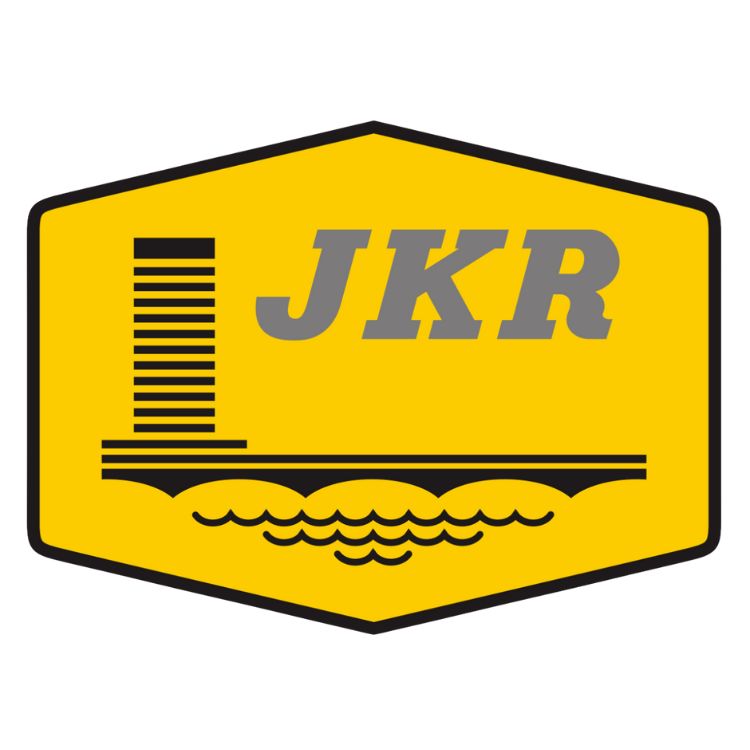If you’re an engineer or geologist in Malaysia, you’ve probably heard about Multichannel Analysis of Seismic Waves (MASW), but maybe only in passing.
In this article, we’ll break down the 5 processes of MASW, why it’s becoming a game-changer in Malaysia and how Geotechnica applies it for slope stability, soil stiffness and seismic site classification.
But, MASW is often misunderstood. Many think it’s too “academic,” limited to research papers, or that borehole drilling is always superior. Some even assume it can’t work in Malaysia’s dense urban environments or tropical geology. Wrong.
The reality? MASW is one of the most powerful non-invasive methods in modern geotechnics. By the end of this article, you’ll see how MASW can save costs, prevent design failures and keep your projects in compliance with Malaysian engineering standards.
“MASW is now a mainstream seismic technique for evaluating near-surface shear-wave velocity profiles, widely applied in engineering, environmental, and earthquake studies.”
— Kansas Geological Survey (Park et al., 2007)
What is MASW?

Multichannel Analysis of Seismic Waves (MASW) is a geophysical method that analyzes surface waves to determine shear-wave velocity (VS) profiles. In simpler terms: MASW tells us how stiff the ground is, without drilling or disturbing the soil.
It’s particularly effective in Malaysia for slope stability analysis, ground improvement projects and earthquake site classification.
Fundamental of MASW
At its core, MASW works by sending seismic waves into the ground using a source (like a hammer or weight drop). Geophones capture the waveforms and through dispersion curve analysis, we extract how seismic velocity changes with depth.
Unlike boreholes that only give data at discrete points, MASW provides continuous subsurface imaging, reducing uncertainty for engineers.
Applications of MASW in Malaysia
1. Highway & Expressway Projects – MASW has been applied along the East Coast Expressway (LPT) and other major alignments to evaluate subsurface stiffness. The results guide slope protection measures and prevent embankment failures in soft ground stretches.
2. Urban Foundation Studies – In dense areas like Kuala Lumpur and Penang, MASW is preferred because it is non-intrusive. Surveys can be carried out next to roads, MRT lines or utilities without disturbing existing infrastructure.
3. Landslide Risk Mapping – Areas such as Hulu Langat, Cameron Highlands and Penang Island face frequent slope failures. MASW provides shear-wave velocity data that helps identify weak zones and supports slope stabilization works.
4. Seismic Site Classification – Under Eurocode 8 (MS EN 1998), MASW is widely used to determine Vs30 values, an essential parameter for seismic hazard assessment in Malaysian building codes and earthquake-resistant design.

Benefits of MASW for Geo Engineering in Malaysia
- Non-Invasive – No drilling, no ground disturbance.
- Cost-Effective – Faster and cheaper than deep borehole drilling.
- Reliable – Produces VS30 profiles, critical for earthquake design.
- Urban-Friendly – Works even in noisy construction zones.
Why Engineers Choose MASW?
Malaysian engineers increasingly turn to Multichannel Analysis of Seismic Waves (MASW) because it complements, rather than replaces, traditional borehole testing. A borehole provides point-specific data where you know the soil or rock properties exactly where you drill.
But soils in Malaysia, especially residual soils and weathered granite, can vary significantly just a few meters away. That’s where MASW stands out: it delivers a continuous subsurface profile of shear-wave velocity across an entire site, revealing stiffness variations and hidden weak zones between boreholes.
For example, studies by Universiti Teknologi Malaysia (UTM) have shown that MASW detects soft layers overlooked by sparse boreholes, especially in hilly terrains and reclaimed land.
This combination of borehole accuracy with MASW’s broader coverage gives engineers the full picture of the ground, reducing uncertainty and increasing design confidence for highways, high-rises and slope stabilization.
Does MASW Replace Borehole Drilling?

No. Think of MASW as complementary. MASW shows lateral variations and hidden anomalies; boreholes provide direct samples. Smart engineers use both for high-risk projects.
Is MASW Required by Malaysian Authorities?

Yes. For seismic hazard assessments and projects in landslide-prone areas, Malaysian Public Works Department (JKR) and local councils often recommend MASW alongside boreholes.
Does MASW Work in Urban Areas?
Absolutely. At Geotechnica, we’ve executed MASW in high-traffic Kuala Lumpur roads and industrial zones. With advanced noise filtering, urban interference is no longer a barrier.
6 Process in MASW by Geotechnica
1. Survey Planning
At Geotechnica, every MASW survey starts with a clear objective whether it’s assessing slope stability in hilly terrains, evaluating seismic site response or supporting foundation design for mega-projects.
2. Layout Design
Our geotechnical engineers carefully plan the geophone spacing and survey line length to balance resolution and depth, ensuring reliable results across Malaysia’s varied ground conditions.
3. Field Data Acquisition
Using calibrated seismic sources ranging from sledgehammers to weight drops where we generate surface waves captured by sensitive geophones. This non-invasive setup is ideal for both urban and rural projects.
4. Waveform Pre-Processing
Collected signals are cleaned using advanced filtering techniques. This step is crucial in Malaysia’s noisy environments, such as highways and city centres, to ensure data quality.
5. Dispersion Curve Extraction
We extract Rayleigh wave dispersion curves that map how wave velocity changes with frequency providing the foundation for subsurface velocity modeling.
6. Inversion to Generate Vs Profile
Finally, Geotechnica applies robust inversion algorithms to generate detailed shear-wave velocity profiles, including Vs30, the global standard for seismic site classification and foundation design.
“MASW provides rapid, non-invasive imaging of the subsurface, making it indispensable for geotechnical and earthquake engineering projects worldwide.”
— Olson Engineering
Skipping Multichannel Analysis of Seismic Waves is not an option if you want safe, efficient and compliant designs in Malaysia. MASW gives engineers a tool to see what boreholes miss which is hidden weaknesses, lateral variations and seismic risk.
At Geotechnica, we don’t just run MASW. We combine it with decades of local experience to give you better data, better designs and better outcomes.
So, if you’re serious about slope stability, seismic safety or foundation reliability, contact Geotechnica today. Because in geotechnics, the ground doesn’t forgive mistakes.



